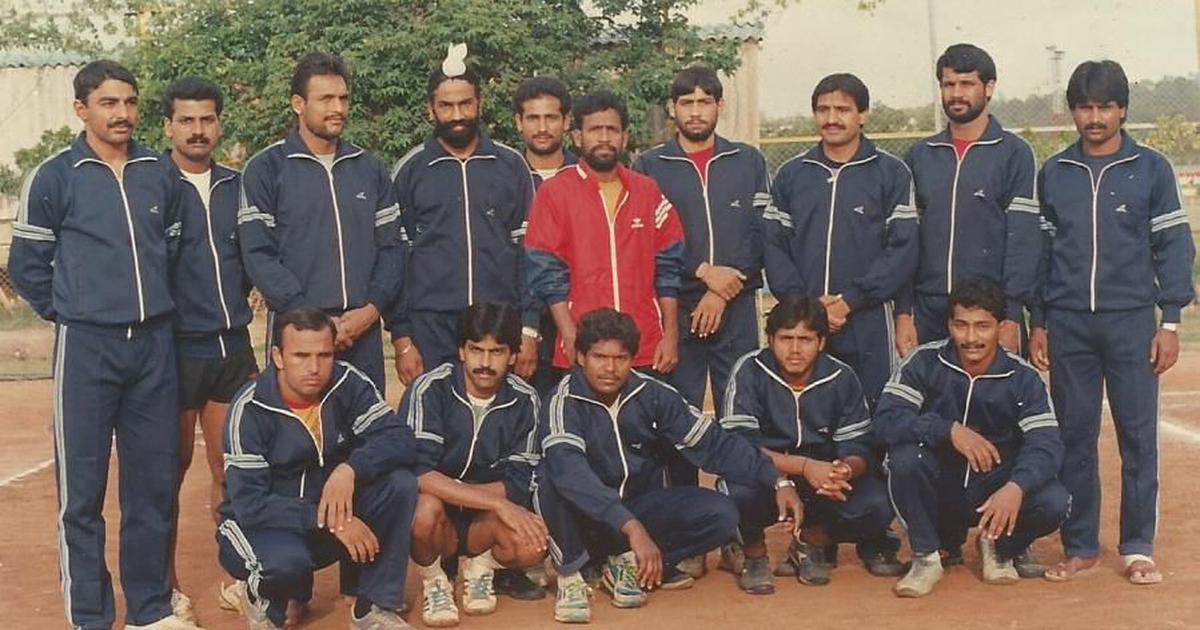
India’s 1990 Asian Games squad with coach E Prasad Rao [Picture source: kabaddirao.com]
When you think about kabaddi, you think about strength, you think about courage, mud but most importantly you think about India. Identified across the lengths and breadths of the country with different names, kabaddi is quintessentially Indian with references to the sport going back in history. Kabaddi lost its grip on the urban crowds as other international games took over, relegating it to a predominantly rural status. With diminishing incentives to play the game, the sport was in danger of becoming a pastime.
kabaddi’s entry into the Asian Games was a massive boost to the sport’s ailing fortunes. It gave kabaddi a status and more importantly its players an avenue to make a livelihood from.
An Asian Games medalist is handed several benefits and kabaddi being perhaps the easiest route to a podium finish at the continental event, it gained in preference among those sitting on the fence of similar sports.
Going international
Kabaddi though had little or no international presence till the 1970s. The national championship was a major event within the country but it remained the biggest kabaddi competition that existed.
In 1977, kabaddi took first steps towards an international presence and subsequently towards the Asian Games with the formation of the Asian Kabaddi Federation. The association consisted of only three members: India, Bangladesh and Nepal.

